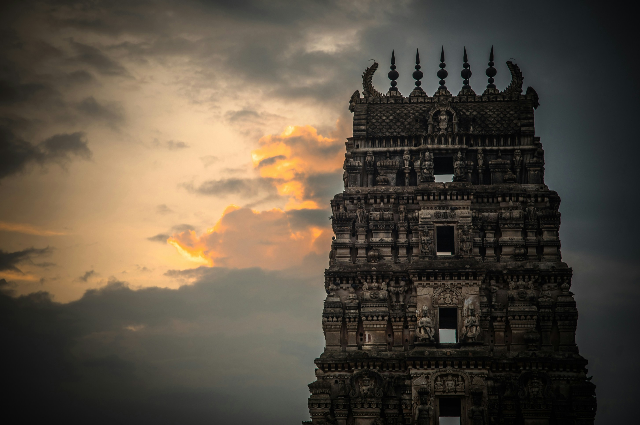
Introduction:
The Dravidian culture of India represents a vibrant and diverse heritage that has left an indelible mark on the country’s history and identity. Spanning thousands of years, the history of Dravidian culture is a tapestry woven with threads of language, religion, art, architecture, and social customs. In this essay, we embark on a journey through the epochs, exploring the origins, evolution, and enduring legacy of Dravidian culture in the Indian subcontinent.
Origins and Ancient Civilization:
The origins of Dravidian culture can be traced back to the ancient Indus Valley Civilization, one of the world’s earliest urban societies. Flourishing in the northwestern region of the Indian subcontinent around 3300–1300 BCE, the Indus Valley Civilization boasted sophisticated urban planning, advanced drainage systems, and a script that is yet to be fully deciphered. The inhabitants of this civilization, often referred to as Dravidians, laid the foundation for the cultural traditions that would shape the southern regions of India for millennia to come.
Language and Literature:
One of the defining features of Dravidian culture is its rich linguistic heritage. The Dravidian language family, which includes languages such as Tamil, Telugu, Kannada, and
Malayalam is one of the oldest language families in the world. Tamil, in particular, holds a special place as one of the classical languages of India, with a literary tradition dating back over two millennia. Sangam literature, composed by Tamil poets in the Sangam period (3rd century BCE to 4th century CE), remains a testament to the literary prowess and cultural depth of ancient Dravidian society.
Religion and Philosophy:
Dravidian culture has been shaped by a tapestry of religious beliefs and practices. From the worship of deities like Shiva, Vishnu, and Murugan to the reverence for nature and ancestral spirits, Dravidian religion encompasses a diverse array of traditions. The Bhakti movement, which emerged in South India during the medieval period, played a pivotal role in popularizing devotional forms of worship and promoting social equality. Figures like the 9th-century Tamil poet-saints, known as the Nayanars and Alvars, contributed significantly to the spiritual and cultural landscape of the region.
Art and Architecture:
The architectural marvels of Dravidian culture stand as enduring testaments to the ingenuity and craftsmanship of ancient builders. From the majestic temples of Tamil Nadu, with their towering gopurams and intricate carvings, to the rock-cut caves of Maharashtra and Karnataka, Dravidian architecture reflects a synthesis of indigenous styles and external influences. The Chola, Pallava, and Vijayanagara dynasties, among others, made significant contributions to the development of Dravidian architecture, leaving behind a legacy of awe-inspiring monuments that continue to inspire awe and admiration.
Social Customs and Traditions:
Social customs and traditions play a crucial role in defining the fabric of Dravidian culture. Practices such as the joint family system, community feasts, and folk arts serve as pillars of social cohesion and identity. Festivals like Pongal, Onam, and Ugadi celebrate the harvest season and foster a sense of community spirit. Traditional arts forms such as Bharatanatyam, Kathakali, and Carnatic music embody the cultural heritage and artistic expression of Dravidian society.
Conclusion:
The history of Dravidian culture in India is a saga of resilience, creativity, and diversity. From its ancient origins in the Indus Valley Civilization to its vibrant manifestations in contemporary society, Dravidian culture continues to evolve and thrive, enriching the cultural tapestry of the Indian subcontinent. As we celebrate the legacy of Dravidian culture, let us also recognize the importance of preserving and promoting its rich heritage for generations to come.
